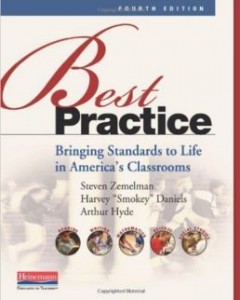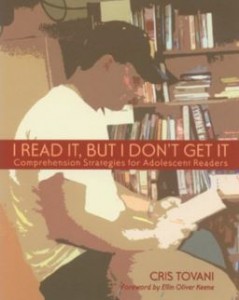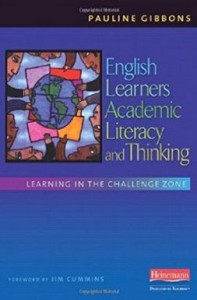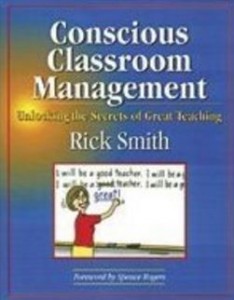Claremont
- I regularly attended (two hours per week, usually Mondays and Fridays) 9th grade team meetings to learn about opportunities for collaboration in history, algebra, biology, and English. Often on Mondays, we would talk about student grades, “warning” students, administrative updates, and catching up with SPED, ELL, and elective teachers. Often on Fridays, we reflected on the week and looked ahead to the immediate future at Claremont for the freshman team.
- When I took over the junior class, I periodically attended their team meetings (though with my ELL pull-out schedule, I did not get to as many of these as I had hoped). Like the 9th grade team meetings, I met with the junior teacher team to discuss key issues for the junior class and students.
- Beginning in December, I began attending the Tuesday Professional Learning Community meetings for the 9th/10th grade team at Claremont. These one-hour meetings focused on developing PLCs on the team level, to eventually combine vertical and horiztonal alignment. I spent this time listening in and participating in conversations on looking at student work, “imperfect” assignments, survey data, teacher and student reflection, rounds data, and other issues.
- I also attended all Professional Development at Claremont. Though optional, I really wanted to attend to see how teachers worked in all settings. I learned about Gateways, ELL support, Innovation Schools, grants, MCAS/PARCC testing/proctoring, among other facets of teaching. Most rewarding was time spent with 9th, 10th, and 11th grade teams talking about horizontal alignment. PD allowed me to see a new perspective on teaching!
Books
 Some books that I referenced frequently during my M.A.T. year…
Some books that I referenced frequently during my M.A.T. year…
Best Practice (Zemelman, et al.) has been a very helpful resources as I develop my best practice teaching in English. In my classroom, I have spent time emphasizing classroom discourse, writing to learn, reading to understand, authentic work, collaboration, and student-centered discussions.
One of the most interesting and helpful books has been Conscious Classroom Management (Smith). I enjoyed the empathy found in its pages, of course, but also benefited hugely from its extensive advice on managing classrooms effectively. I consult this book often to see what Smith says about helping a classroom keep a cohesive community.
One of my favorite lines? When Smith notes that students want to be taught how to act respectfully. I didn’t believe it at first, but now I completely embrace the line.
 A text that I began reading during my undergraduate courses was I Read It, But I Don’t Get It (Tovani). This book helped inform me on reading comprehension strategies for my students and provided me a backdrop for thinking critically about how students see words versus read words. Tovani provides insightful examples on how to help readers hone their skills.
A text that I began reading during my undergraduate courses was I Read It, But I Don’t Get It (Tovani). This book helped inform me on reading comprehension strategies for my students and provided me a backdrop for thinking critically about how students see words versus read words. Tovani provides insightful examples on how to help readers hone their skills.
 Finally, English Learners, Academic Literacy, and Thinking (Gibbons). I spent roughly 8 hours per week working with small groups of English language learners at Claremont, and this text–as well as discussions evolved from its pages–proved to be invaluable in my quest to help all students learn. I used many of Gibbons’ activities, some more successfully applied than others.
Finally, English Learners, Academic Literacy, and Thinking (Gibbons). I spent roughly 8 hours per week working with small groups of English language learners at Claremont, and this text–as well as discussions evolved from its pages–proved to be invaluable in my quest to help all students learn. I used many of Gibbons’ activities, some more successfully applied than others.
Other Resources
I would be remiss if I did not also mention a very special person in my life, my grandfather Mario, who taught fifth grade for nearly four decades. Mario, without realizing it, gave me many lessons in best practice: “Let the students do the talking,” “They need to write more!” “Give them things that will interest them.” I have enjoyed my time talking about teaching with you, Grampy, and I love you!





